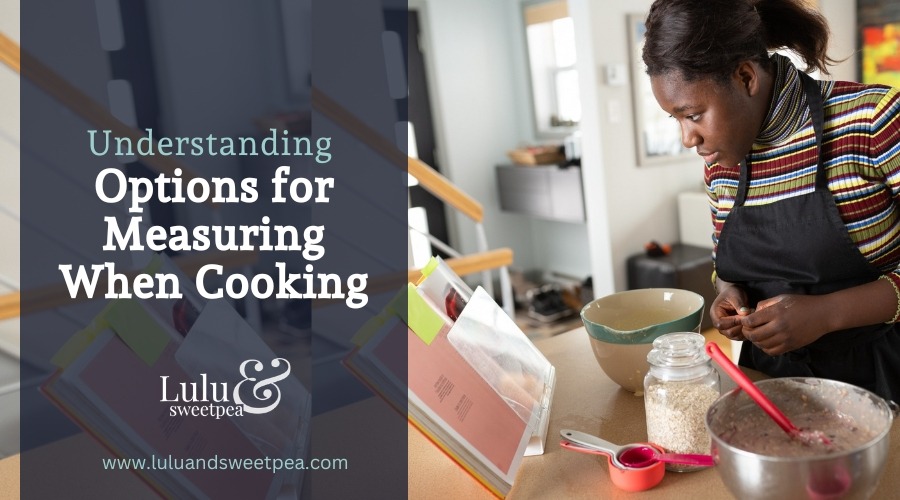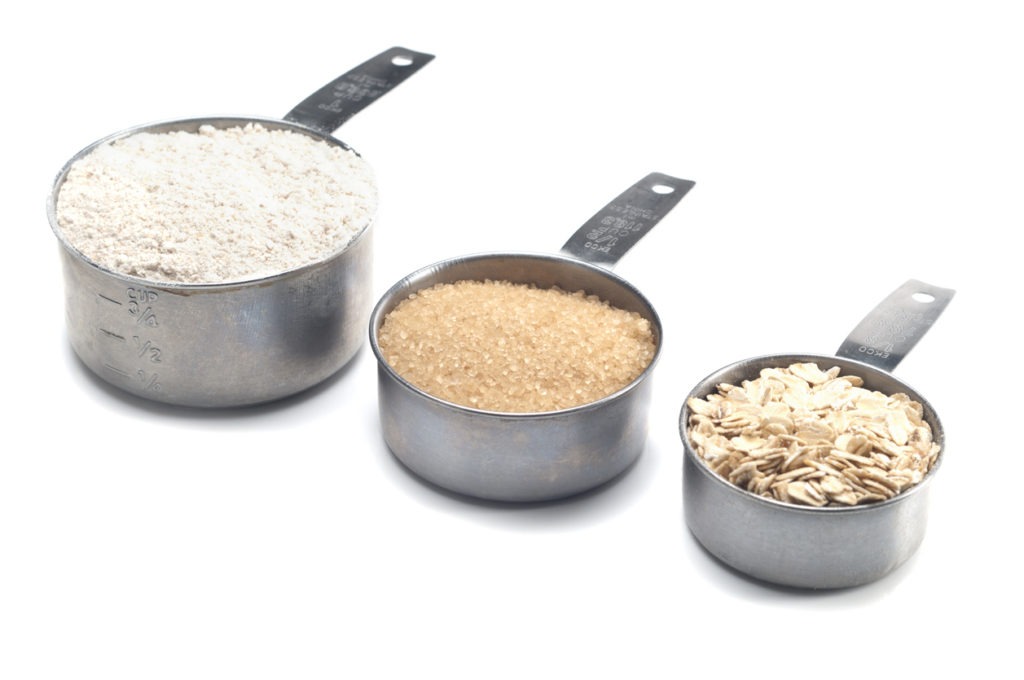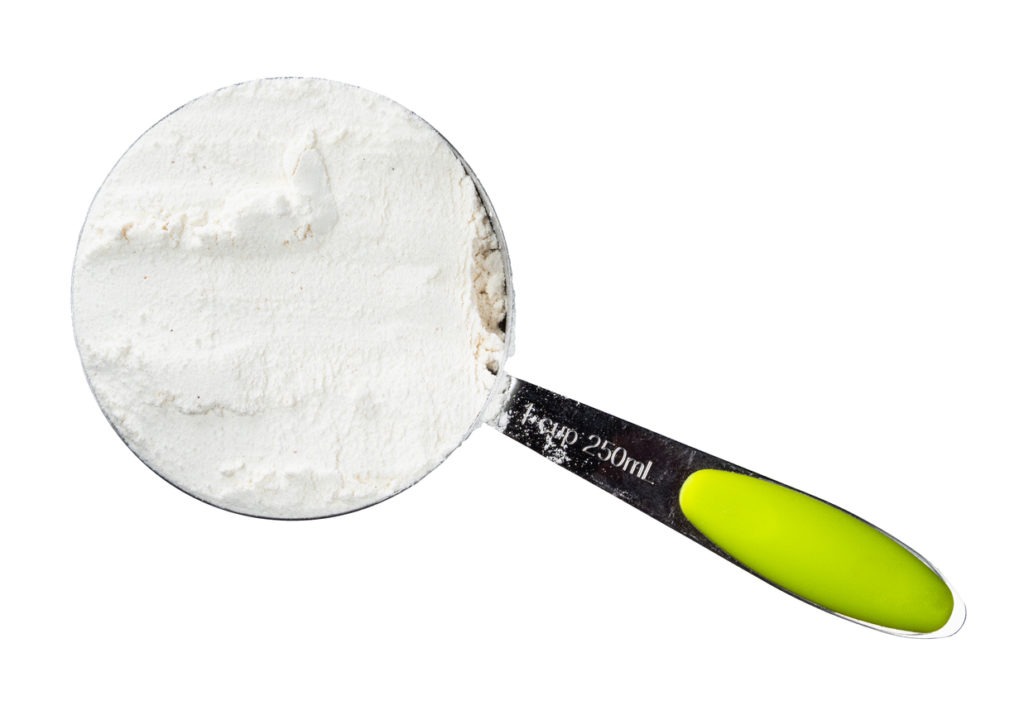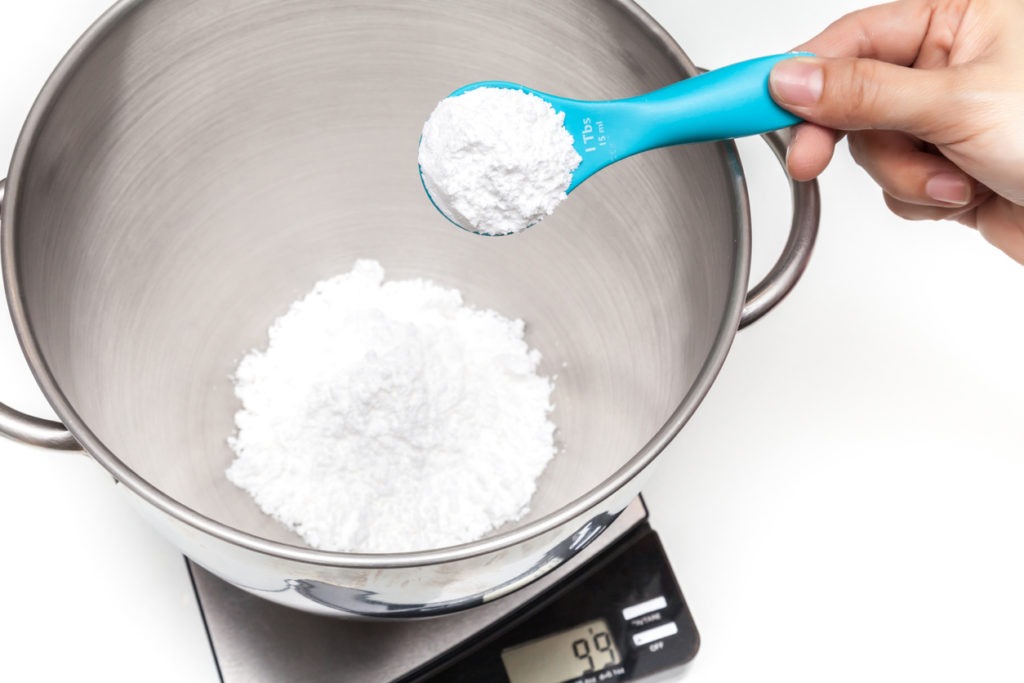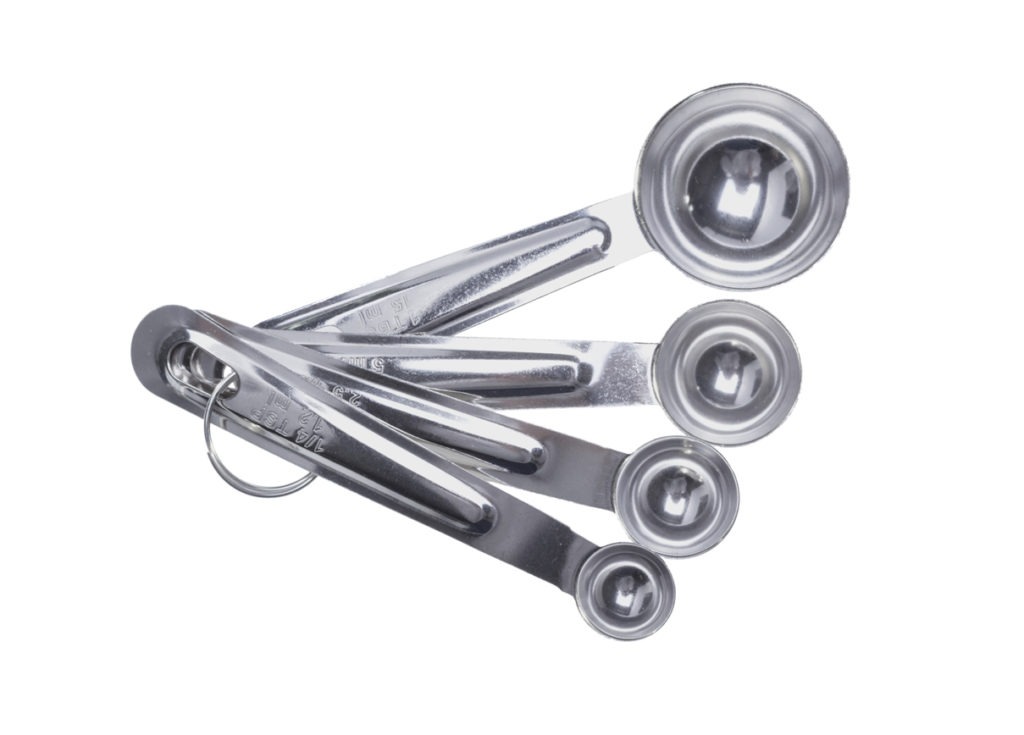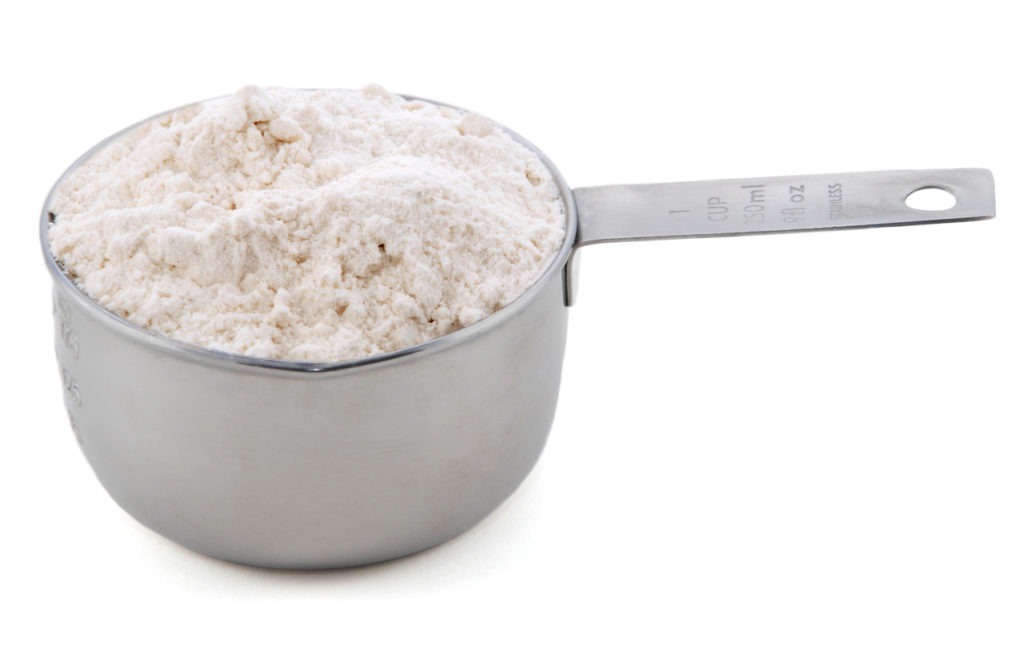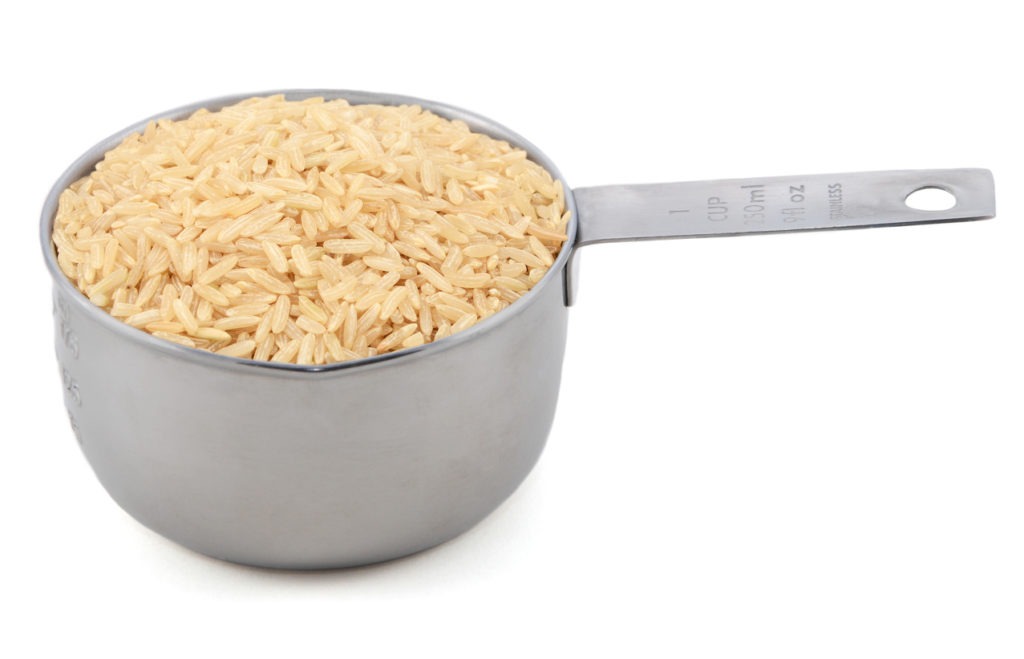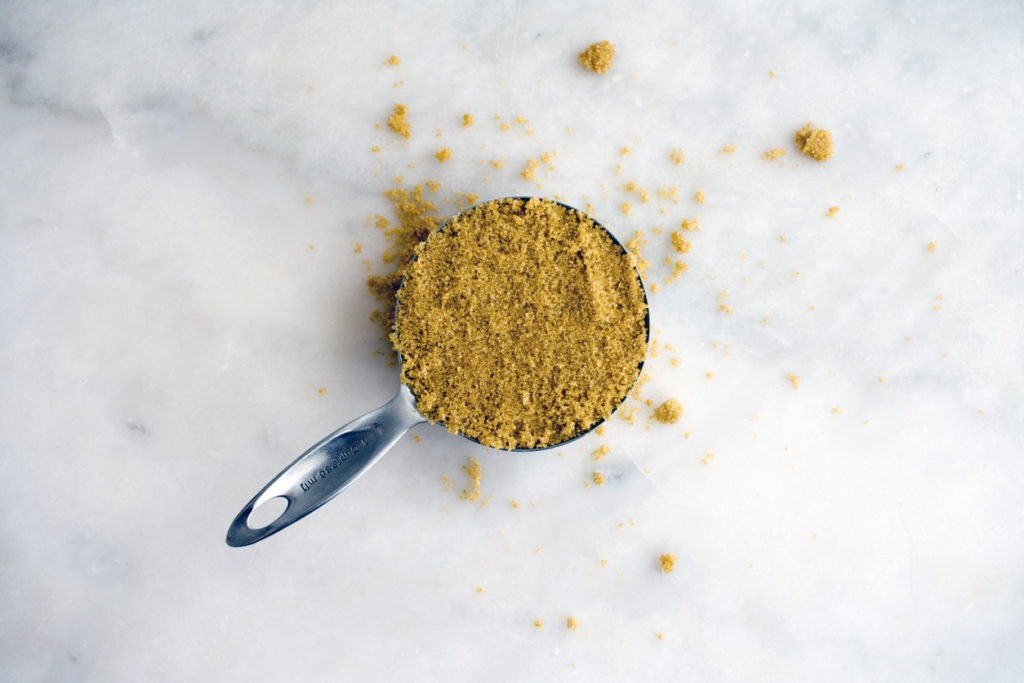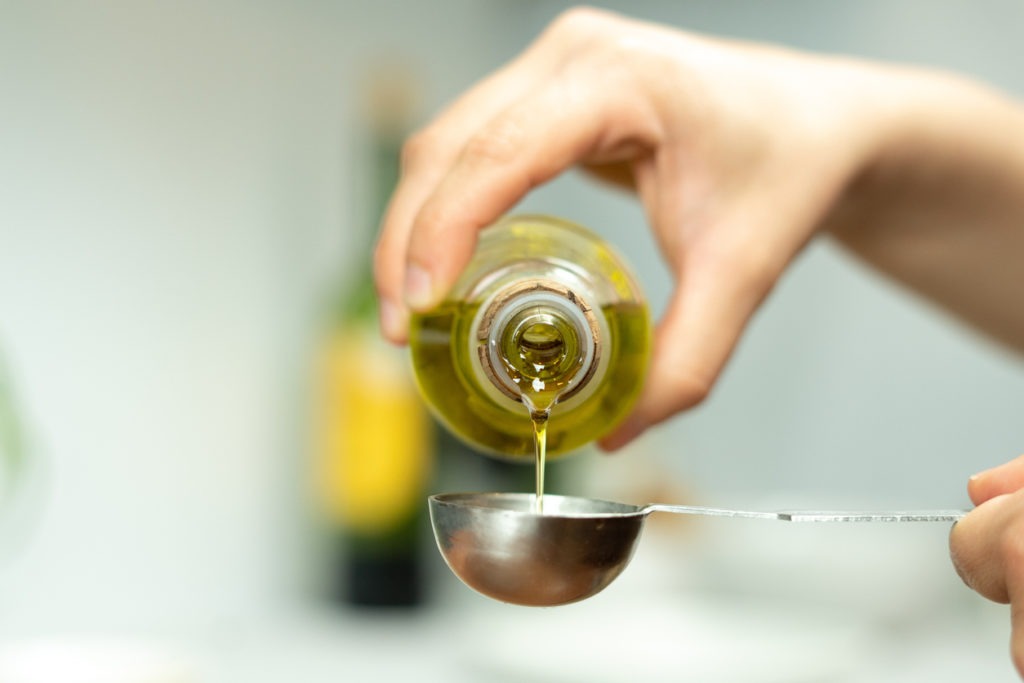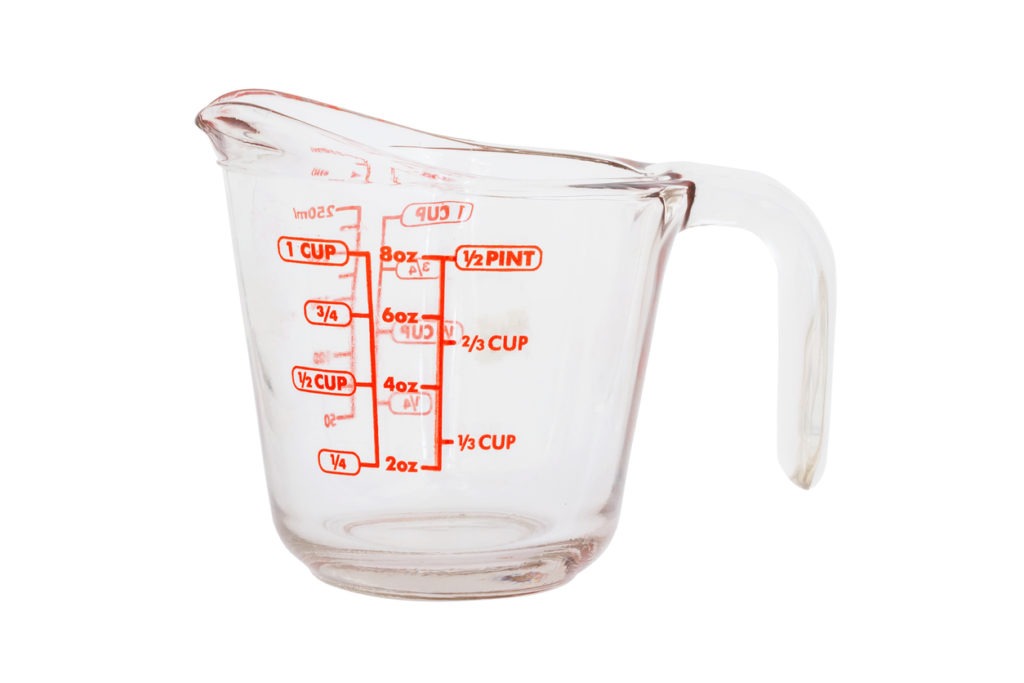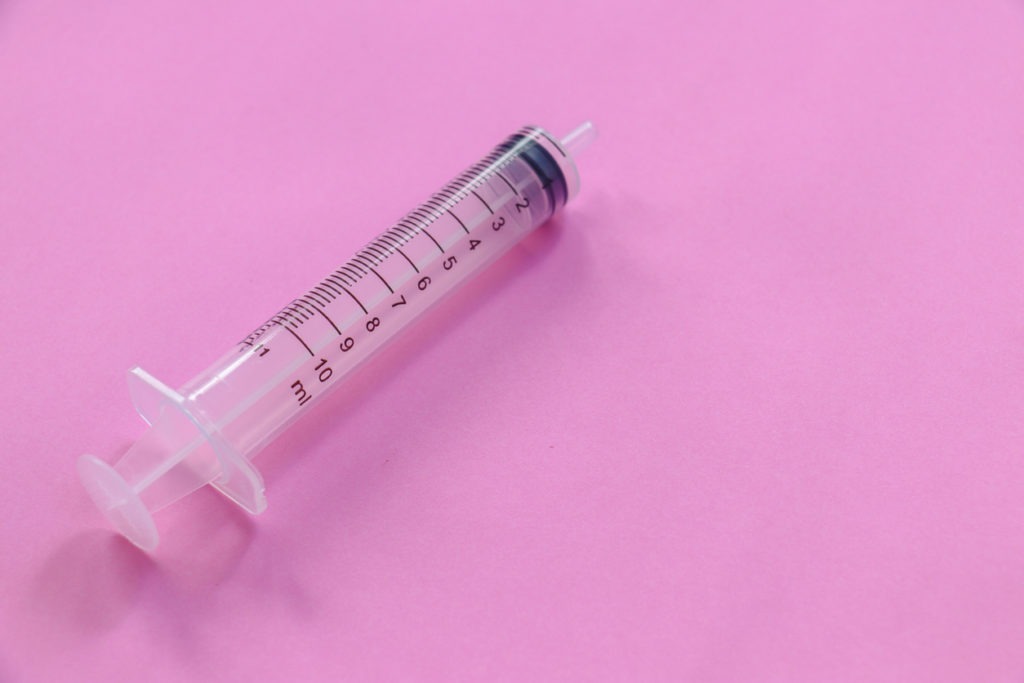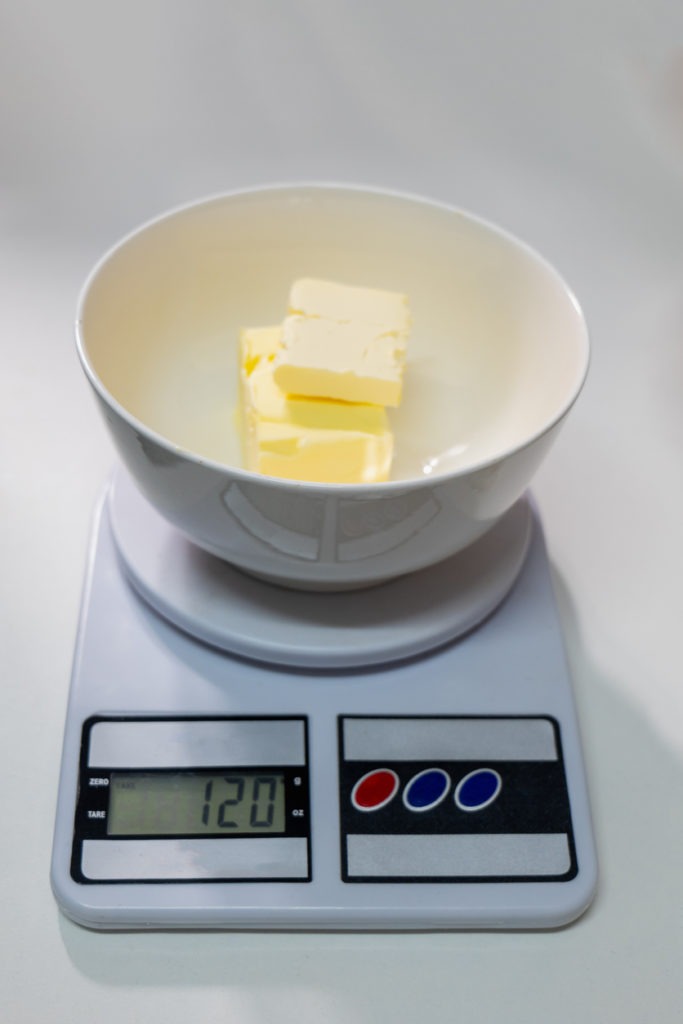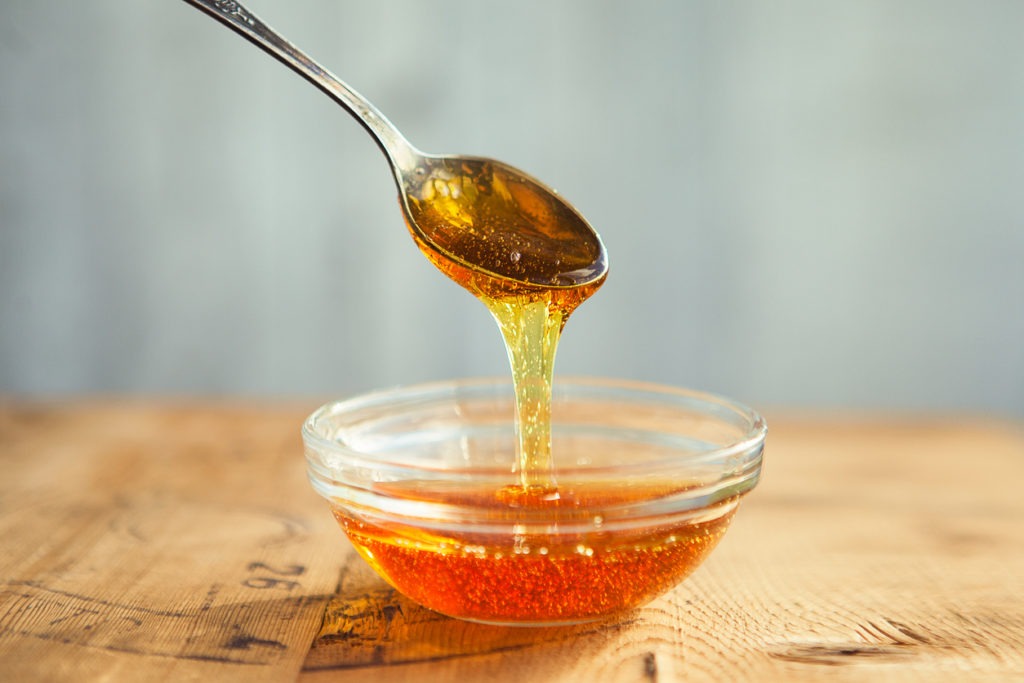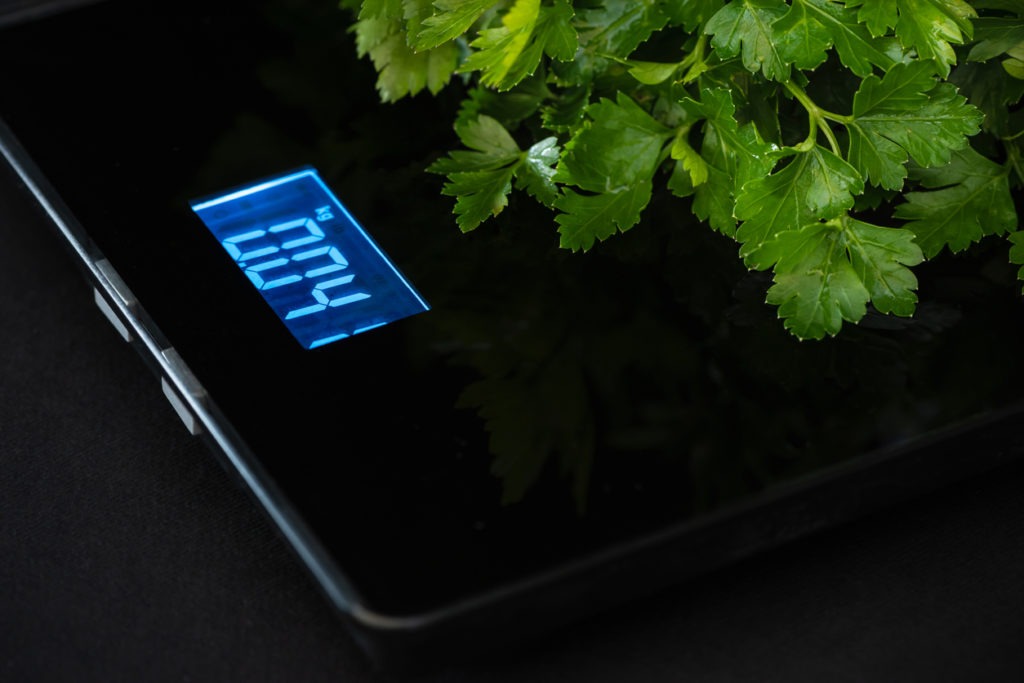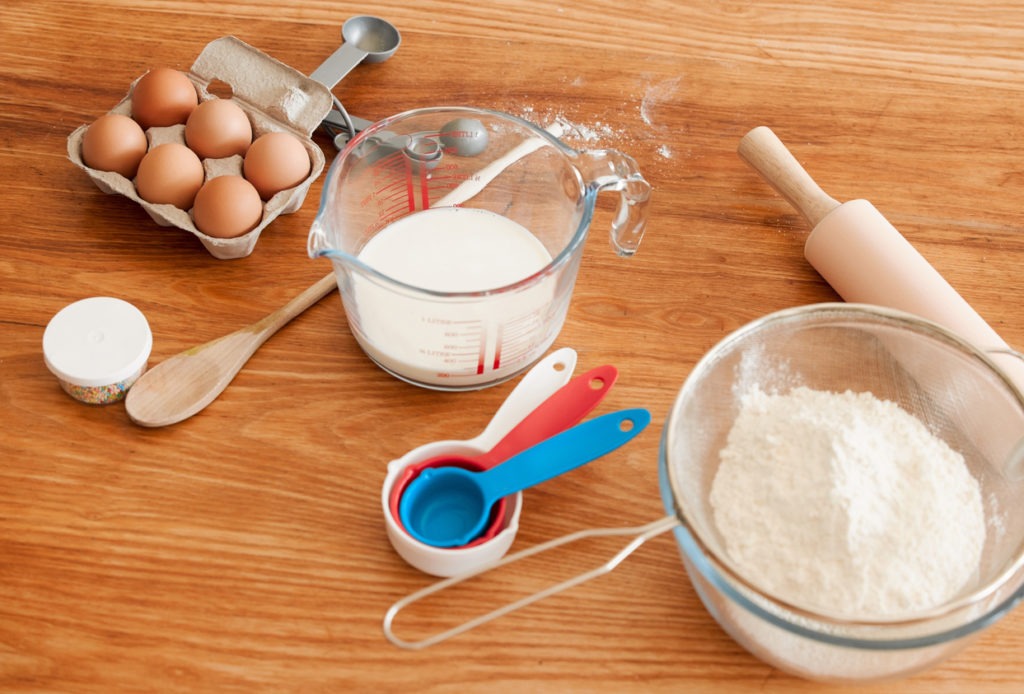Whether you’re a skilled chef or want to cook for yourself, most of the time is spent on preparation. Planning and executing the steps necessary to make a visually appealing dish that tastes well takes a lot of time, thought, and expertise. The items called for in the recipe will need to be measured out. Most chefs have been in the kitchen long enough to know exactly how much each ingredient needs without measuring it every time. Not even measuring the ingredients is done. Measuring ingredients is essential for any beginner chef or amateur cook.
The ability to measure ingredients precisely is arguably the most useful culinary skill. Science and technology meet in the kitchen. Just imagine a chemical process taking place between your dish’s components. No matter how much of this or how much of that you would want to add, you won’t be able to. It’s essential to be exact when measuring the ingredients; otherwise, the finished dish won’t have the desired flavor. It will be too hot for your loved ones to enjoy if, for instance, you use too many spices but not enough salt. Making a meal to perfection requires precise measurements of all of the ingredients.
Knowing Converting Cooking Measurements
In the kitchen, knowing how to convert measures is a helpful ability. For instance, in a restaurant or catering situation, you might need to adjust a dish that was originally made for 100 people so that it can now feed 300. In addition, whether you’re using a home recipe or one you found online, you’ll need to adjust the quantities for commercial usage. Bakeries are another place where cooking conversions come in handy because of the need to get the right ingredient proportions.
Making sure you’re using the right amount of an ingredient in your cooking is as easy as consulting the conversion table. Here’s a handy conversion bulleted list for dry ingredients:
- 1/16 teaspoon = a dash
- 1/8 teaspoon = a pinch
- 3 teaspoons = 1 tablespoon = 1/2 ounce = 14.3 grams
- 2 tablespoons = 1/8 cup = 1 fluid ounce = 28.3 grams
- 4 tablespoons = 1/4 cup = 2 fluid ounces = 56.7 grams
- 5 tablespoons plus 1 teaspoon = 1/3 cup = 2.6 fluid ounces = 75.6 grams
- 8 tablespoons = 1/2 cup = 4 ounces = 113.4 grams = 1 stick butter
- 12 tablespoons = 3/4 cup = 6 ounces = .375 pounds = 170 grams
- 16 tablespoons = 1 cup = 8 ounces – ½ pound = 226.8 grams
- 32 tablespoons = 2 cups = 16 ounces = 1 pound = 453.6 grams
- 64 tablespoons = 4 cups = 32 ounces = 2 pounds = 907 grams
In the United States, liquid measurement is used for more than just liquids like water and milk. It is also used for dry materials like flour, sugar, and even fats like shortening and butter. However, not all conversions for dry ingredient measurements are applicable to liquid ingredients. Here is another bulleted list of conversion equivalents for liquid ingredient measurements:
- Dash = less than 1/4 teaspoon
- 1 tablespoon = 3 teaspoons = 1/2 fluid ounce
- 1/8 cup = 1 fluid ounce = 2 tablespoons = 6 teaspoons
- 1/4 cup = 2 fluid ounces = 4 tablespoon = 12 teaspoons
- 1/2 cup = 4 fluid ounces = 8 tablespoon = 24 teaspoons
- 1 cup = 8 fluid ounces = 1/2 pint = 237 milliliters
- 2 cups = 16 fluid ounces = 1 pint = 474 milliliters
- 4 cups = 32 fluid ounces = 1 quart = 946 milliliters
- 2 pints = 32 fluid ounces = 1 quart = 0.964 liters
- 1/4 quart =1/2 pint = 1 cup = 8 fluid ounces
- 1/2 quart = 1 pint = 2 cups = 16 fluid ounces
- 4 quarts = 128 fluid ounces = 1 gallon = 3.784 liters
- 8 quarts = one peck
- 1/4 gallon = 1 quart = 2 pints = 4 cups = 32 fluid ounces
- 1/2 gal = 2 quarts = 4 pints = 8 cups = 64 fluid ounces
- 1 gal = 4 quarts = 8 pints = 16 cups = 128 fluid ounces
Measuring Dry Ingredients
Flour, baking powder, sugar, yeast, salt, and other dry ingredients are measured out into dry measuring cups, depending on the baking recipe. There is both a volumetric and metric measurement for the dry components. You can use a measuring cup or spoon to get the right amount of dry ingredients. It’s important to remember that actions like sifting, spooning, and scooping can alter the apparent amount of a dry component.
Dip and Sweep Method
The dip and sweep technique may be used to ensure accurate calculations are made. How is it done? In the first step, you’ll need a container with a wide opening to store the dry ingredients. Then, you need to dip the measuring spoon or cup into the dry ingredient and let it overflow. The last step is to use a spatula or knife with a flat edge to level the container’s overflowing dry ingredients. And that’s how the dip-and-sweep procedure is carried out so that no errors in measuring dry ingredients occur.
Volumetric Measurement of Dry Ingredients
The density of the contents in the cup can affect the accuracy of the volume measurement of the dry ingredient. How much flour or other dry ingredients you use to fill the cup can change the recipe by as much as 15%. However, a digital kitchen scale may accurately measure the dry ingredient’s volume.
How would you do this? Start by putting a bowl on the digital kitchen scale. In between each measurement, you must reset the scale. Then, add the dry ingredients one at a time, using a spoon, until you get the specified amount. Put everything you need for baking into a mixing basin. Using this method, you won’t have to put in nearly as much work in measuring your dry ingredients in volume.
Dry Measuring Cups
A dry measuring cup will measure flour, sugar, oats, and other solid culinary materials. Sets of dry measuring cups typically comprise a 1-cup, 1/2-cup, 1/3-cup, and 1/4-cup capacity cup. The capacity of a dry measuring cup is determined by filling it precisely to the rim and then leveling it off.
How do you put them to use? Put the ingredients in the measuring cup by scooping or spooning. Then, to ensure an even distribution of ingredients, scrape the edge of a kitchen knife or other straight edge around the cup’s rim. Herbs and greens may be packed tightly into a measuring cup without being leveled off. If the recipe calls for an ingredient to be “packed,” which means it should be packed down into the measuring cup, do so.
Digital Kitchen Scales for Measuring Dry Ingredients
If you’re serious about getting precise readings, digital scales are a must-have. In this day and age, converting ingredients from cups and spoons to grams and ounces is as simple as pulling out your phone. Spending a little more on a high-quality kitchen scale might be one of the finest decisions you ever make.
If you need to multiply or divide a recipe, having a kitchen scale on hand will be very helpful. Even baking something as simple as a pound cake may be a huge help. According to the recipe’s conventional form, each ingredient should be added at the same rate. Common ingredients include wheat, eggs, milk, etc. By employing a kitchen scale, precise volumetric measurements may be made, guaranteeing consistently delicious results in your baked goods.
Additionally, a digital scale will aid in your efforts to maintain a healthy weight by allowing you to precisely measure your food portions. Use the scale to ensure you don’t go over your daily allotment of, say, four ounces of a specific seasoning, spice, or other food items. This is only one of the little-known secrets that, in addition to a healthy diet and regular exercise, can speed up the process by which you reach your goals.
A digital scale may be challenging to use at first, but you will quickly become accustomed to it. A scale like this will also help you save a lot of money. The best chocolate to use in a baked sweet is probably also rather pricey. Using a scale’s precise measurements, you may stretch your chocolate’s shelf life.
Measuring Spoons for Dry Ingredients
There are wide varieties of measuring spoons available. You may choose a square, a round, or a trowel-shaped scoop for the bigger measurements. The dry ingredient may be simply leveled off with the small sliding device on each spoon’s top. In addition to improving precision, this method will likely prevent your hands from being too floured and sticky throughout the baking process.
The best set of measuring spoons might be made from various materials, so choose what works best for you. While most people would be pretty happy with plastic ones, others could prefer copper ones for their attractiveness. Stainless steel and plastic-metal hybrids are two further possibilities.
Measuring Dry Ingredients Like Flour, Powdered Sugar, and Baking Soda
By softly spooning the dry ingredients into the measuring cup, add enough to overflow over the top of the cup. Dry ingredients might benefit from being stirred to aerate the component and eliminate any lumps that may have formed. Put the ingredient in the cup without shaking, tapping, or jamming them in. Measure ingredients by spoon by pouring or scooping them onto the spoon. Run the back of a knife or another straight-edged utensil down the edge of the measuring cup or spoon to remove any extra ingredients and achieve an even coating.
Measuring Dry, Bulky Ingredients Like Rice, Shredded Cheese, and Coconut
Bulky ingredients usually have a different method of measuring them compared to other dry ingredients. Rice, shredded cheese, and coconut are all examples of dry, bulky ingredients that require a spoon to measure out correctly. Once the cup is about full, give the ingredients a quick press with your fingertips to level them out. Make sure the bulky ingredients aren’t pressed down too tightly.
Measuring Solid Fats Like Shortening and Brown Sugar
If you’re using a spoon to measure a solid fat, like shortening or brown sugar, make sure to pack it in tightly to avoid air pockets. Once it is compacted, a straight edge like the back of a knife may be used to smooth it out. If the brown sugar is packed tightly enough, it will retain the form of the measuring cup even after being removed.
Measuring Liquid Ingredients
Preparing a meal successfully relies on using the correct amount of each ingredient, as the recipe specifies. You can’t possibly acquire the appropriate quantity by eyeing it; you need to measure or weigh each item.
For precise and accurate measurements of liquids, measuring cups with spouts and volume marks are used. Liquid measuring cups’ volume markings are conveniently located below the spout for effortless filling and emptying. Because the contents of a liquid measuring cup cannot be balanced, it is more difficult to measure a dry item like flour. You may use a dry measuring cup, but it’s not a good idea to fill it with milk. When putting it into the bowl, you might perhaps lose some. Here’s where a set of measuring cups for liquids would be helpful!
Liquid Measuring Cups
Milk, water, oil, and broth are all measured by putting them into a liquid measuring cup and setting the cup on a level surface. They are measuring cups with a handle, a spout for pouring, and measurement markings on the side. Drop your eye level with the cup’s markings, then adjust the liquid level up or down until the meniscus reaches the desired depth.
Markings on the interior of certain modern liquid measuring cups are angled so they may be viewed from above without the user having to stoop. Turn to your measuring spoons whenever you need to determine the quantity of a tablespoon or less liquid. The right-sized spoon should be filled to the very top without spilling.
Syringes for Measuring Wet Ingredients
A syringe may be the best option to measure out an extremely small quantity of a liquid ingredient. In this case, we’re referring to the standard syringe, which may look terrifying at first glance.
A syringe, however, with its side markings, will provide you with precise measurements. This tool is essential for measuring liquid ingredients if you want to try precision baking. In addition to measuring, syringes may also be used to fill doughnuts and other purposes.
Measuring Wet Ingredients With a Kitchen Scale
The ideal circumstance involves using a kitchen scale to accurately measure wet ingredients. Even if you’re working with highly minute quantities, you may quickly locate a digital scale to meet your needs.
Converting the necessary materials into grams or ounces before using your scale is essential. A teaspoon of water, for instance, typically weighs around 5 grams.
Alternatively, you may use a liquid measuring cup and set it on a scale once it has been filled to the desired level. A liquid measurement would result once the cup’s weight was subtracted from the total. This may be done in advance by weighing the cup while it is empty.
Measuring Sticky Ingredients Like Jelly, Syrup, and Honey
Vegetable oil or cooking oil spray can be used to gently coat the inside of a measuring cup before using it to measure sticky ingredients like jelly, syrup, and honey. With the oil, even the most stubborn of ingredients will be able to be simply removed. It is unnecessary to wash the measuring cup between measuring oil and the sticky ingredient if the recipe calls for both to be measured.
Use metal measuring cups or spoons and fill them with hot water for a few minutes before putting in the sticky ingredients. This will help loosen the contents and make them easier to remove. The hot metal will make it easy to pour out the sticky materials.
High Technology Kitchen Measurement Tools
Suppose you have the budget to invest in kitchen measurement tools with high-tech features. The Internet can provide comprehensive and varied options for your next high-tech kitchen measurement equipment!
One high-tech kitchen measurement tool type is a set of five digital weight measuring devices. Its cup may be used to determine the exact temperature of liquids and solids in both Fahrenheit and Celsius. Most of these cutting-edge devices are portable and easy to disassemble, making cleanup a breeze. They also have an easy-to-read LCD display for displaying the measured values.
There is now also high-tech kitchen measurement equipment available for diet geeks that can calculate the exact weight and nutritional value of any food item or recipe in a matter of seconds. To record the weight, calories, fat grams, protein, carbohydrate, and fiber grams in a recipe, just place the blender on the scale after adding the ingredients. It’s very convenient, huh?
Additionally, there is also high-tech kitchen measurement equipment that measures both weight and volume. For your ease, certain models have an LCD screen. Some also have support for a wide variety of measuring systems, making it easier to convert between different systems.
Professional cooks and bakers rely heavily on the latest in precision measuring tools. But nobody said you can’t use them in the comfort of your own house, either. With enough research on the different products and their reviews online, you will find the next perfect high-tech kitchen measurement tool for you!
Things to Remember When Measuring Ingredients
If you don’t have separate sets of dry and liquid measuring tools, measure the dry ingredients first and then transfer the liquid components to the measuring cups and spoons.
Keep salt and other dry items like those in a sealed container. Instead of pouring the ingredient into a measuring spoon and risking it spilling over the sides, you may just spoon it out and level it.
Never measure ingredients over the bowl they are already in. It’s easy to introduce unwanted quantities of an ingredient into a combination of the measurement equipment is knocked over or if you overpour. Depending on what ingredient was spilled and how much, the entire cooking process could be ruined. The sink, another bowl, or a piece of wax paper might be used as a makeshift drip mat while you measure. If an ingredient spills onto wax paper, you may simply put it back in its original container.
Furthermore, all the ingredients may be placed on one side of the mixing bowl. Once you have measured and added an ingredient, its container can be moved to the other side of the bowl.
Learn to eye the smaller amounts of ingredients when cooking to save time. To measure an ingredient, simply pour the required amount onto your hand. Just by looking at the quantity and feeling it, you can approximate how much you’d get if you poured it into your hand without measuring. To check how close you came to the correct quantity, measure the amount you poured out. With enough practice, you’ll be able to estimate quantities based on appearance and feel alone. Cooking preparation time will be drastically shortened. When baking, do not measure the ingredients in this manner. It is crucial to use precise measurements during baking.
Taking Care of Your Measuring Equipment
Taking care of your measuring equipment can ensure that they last a long time and continue to provide accurate readings. The precision of your measurements will suffer if you don’t thoroughly clean your equipment between uses. Soapy water and a thorough cleaning of each measurement equipment are required. You should also keep your measuring equipment off the ground to avoid damaging them and getting faulty readings.
Also, if you’re using scales, you need to get them calibrated often. Inevitably, the more often you use a set of measurement equipment, the more its accuracy could shift. Therefore, it is also essential to frequently adjust the scale balance.
Properly stowing away your measurement instruments can keep them in top form and make your results more consistent over time. Do not jam them inside a drawer or cabinet since this might cause them to bend or shatter. It’s also important to let them air dry before putting them back in their cases. Also, you may safeguard your tools from harm by purchasing a new case designed just for them.
Avoiding exposing your measurement equipment to grease or dirt is another crucial step in keeping them clean. Corrosion brought on by oils renders your tools worthless. Clean the instruments thoroughly with a nonabrasive cloth before putting them away safely. Soaking wet measuring tools in warm, soapy water is the most effective method for cleaning them.
Extreme precision in measuring ingredients is required for baking and cooking. Your cuisine may go from excellent to inedible with just one misstep. To do this, you may make use of the various measuring cups and spoons, as well as the kitchen conversion chart that features a variety of scales, to prepare a delicious meal.
Suppose you always measure out your liquid and dry ingredients. In that case, you’ll have a better chance of producing perfect baked goods and dishes every time. Although it may be a little nuisance at first, any baker or cook will quickly master the art of accurately measuring both liquid and dry ingredients. If you want to save money, time, and effort in the kitchen, it’s essential to do some research to find out what supplies you’ll need.
